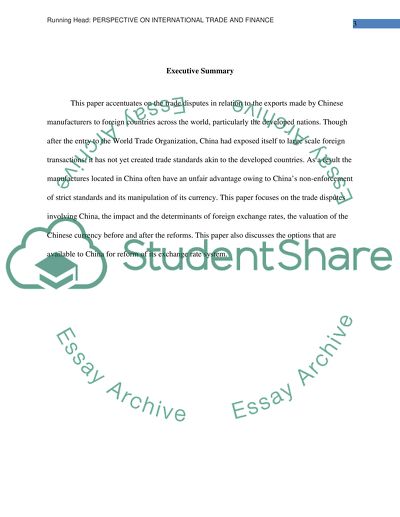Cite this document
(“Perspective on International Trade and Finance Assignment”, n.d.)
Perspective on International Trade and Finance Assignment. Retrieved from https://studentshare.org/finance-accounting/1456345-perspective-on-international-trade-and-finance
Perspective on International Trade and Finance Assignment. Retrieved from https://studentshare.org/finance-accounting/1456345-perspective-on-international-trade-and-finance
(Perspective on International Trade and Finance Assignment)
Perspective on International Trade and Finance Assignment. https://studentshare.org/finance-accounting/1456345-perspective-on-international-trade-and-finance.
Perspective on International Trade and Finance Assignment. https://studentshare.org/finance-accounting/1456345-perspective-on-international-trade-and-finance.
“Perspective on International Trade and Finance Assignment”, n.d. https://studentshare.org/finance-accounting/1456345-perspective-on-international-trade-and-finance.


